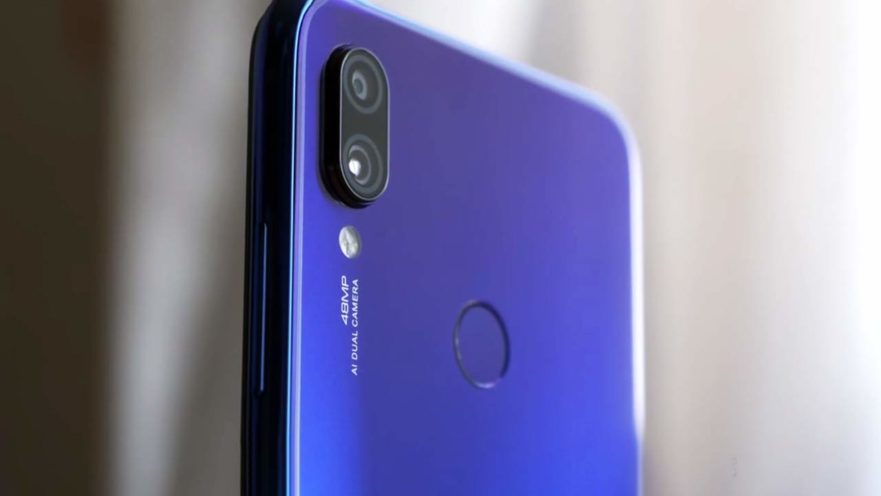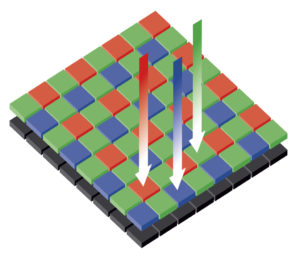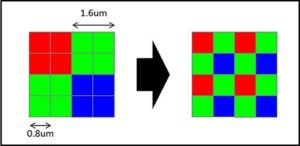Xiaomi recently launched its 48-megapixel Remi Not 7 smartphone in China. The smartphone garnered a lot of attention given the specifications it is offering at a starting price range of just CNY999(₹10,000 roughly). However, the smartphone poses one question that has been on the tongue of every tech enthusiast since the launch of the phone–How is it that Redmi Note 7 boasts 0f 1 48-megapixel camera when its processor, the Snapdragon 660, can only support up to a 25-megapixel sensor?
We will try to answer your query here:
First of all, it is not Xiaomi we can blame, it is basically the Samsung’s 48-megapixel GM1 sensor. The sensor from Samsung natively outputs 12-megapixel images so technically the 48-megapixel claim from Xiaomi is incorrect. The GM1 is a 48-megapixel sensor which happens to produce 12-megapixel images natively.
The way the digital camera works is by combining two sensors: the basic sensor captures the image in black and white combined with the Bayer filter(which is an array of Red, Blue, and Green filers) which adds color information to the images by allowing only three colors through on a per pixel basis. The Bayer filter compromises of 25% Red, 25% Blue, and 50% Green-the percentage of the green color is more because the human eye can see more shades of green than any other color.
What the Image Signal Processor sees is basically three images; one red, one blue, and one green, then the ISP compromises all three of these images into one. This whole process is called demosaicing.
In a regular sensor, the quantity of the color per pixel is 1 but on the GM1, instead of the usual configuration, it has a quad-Bayer array. This means Samsung GM1 provides color information of four pixels together instead of each pixel individually. The GM1’s inability to recognize each of these 2*2 pixel arrays as four separate pixels results in it considering it as one large pixel, hence the output technically comes down to 12-megapixels.
Xiaomi, however, can use software processing to enhance the overall quality of the image as the images produced by the GM1 has a lot more data than a regular 12-megapixel sensor, although quite less than a proper 48-megapixel sensor.
The quad-Bayer arrangement on Samsung GM1 will result in a better dynamic range and color accurate images because of its 4 filters arrangements.
Also read:
Next-gen iPhone will have a triple camera while XR successor will get a dual-camera setup



